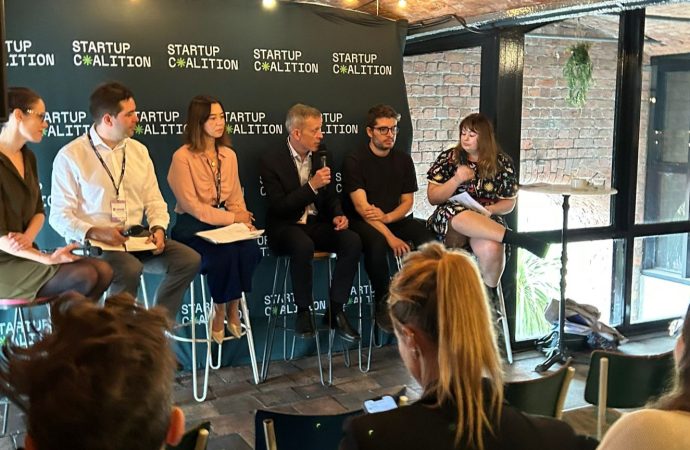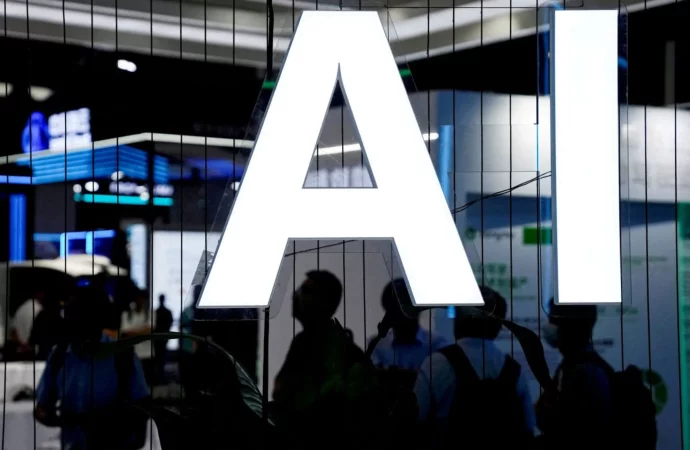Introduction: The UK AI Summit has sparked concerns among labour groups, who argue that the increasing adoption of artificial intelligence may have adverse effects on workers. In this article, we will delve into the concerns raised by labour groups and explore the implications of AI potentially ‘squeezing out’ workers. To provide valuable insights, we have
Introduction:
Concerns Raised by Labour Groups:
Implications of AI ‘Squeezing Out’ Workers:
-
Job Displacement: The increasing automation of tasks through AI technologies could lead to job displacement, particularly in industries where routine and repetitive tasks can be easily automated. This could result in unemployment and the need for workers to acquire new skills to remain employable.
-
Income Inequality: If AI adoption primarily benefits high-skilled workers and exacerbates income inequality, it could widen the gap between those who have access to high-quality jobs and those who do not. This could further marginalize vulnerable populations and contribute to social and economic disparities.
-
Job Quality: While AI has the potential to enhance productivity and efficiency, there is a concern that it may lead to a decline in job quality. Labour groups argue that workers may face increased job insecurity, reduced bargaining power, and a loss of control over their work as AI systems take over certain tasks.
Insights from Dr. Mark Davis:

Image by: https://www. uk tech.news
The Importance of a Balanced Approach:
-
Reskilling and Upskilling: To mitigate the potential negative impact of AI on workers, investing in reskilling and upskilling programs is crucial. This can help workers adapt to changing job requirements and acquire the skills needed to work alongside AI technologies.
-
Just Transition: Policies should prioritize a just transition for workers affected by automation. This includes providing support for job transitions, income support, and access to education and training programs to facilitate their entry into new industries or occupations.
-
New Job Opportunities: While AI may displace certain jobs, it also has the potential to create new job opportunities in emerging AI-related fields. Policies should focus on fostering innovation and entrepreneurship to generate new employment prospects.
Conclusion:
Visual Table:
| Key Points | Implications |
|---|---|
| Labor Concerns at UK Summit | Perspectives from Worker Advocacy Groups |
| Balancing Job Displacement and Augmentation | Navigating the AI Workforce Landscape |
| Proposed Policy Measures | Safeguarding Workers in the Age of Automation |
| Workforce Training Initiatives | Preparing Employees for Evolving Roles |
| Human-Machine Collaboration | Fostering Synergy in the Workplace |
| Industry-Specific Considerations | Tailoring Responses to Different Sectors |
| Ethics in AI Automation | Ensuring AI Aligns with Human Values |
| Global Implications | The Broader Impact of UK Summit Discussions |
Organic Keyword Usage:
- UK summit, AI impact on labor, job displacement, upskilling, ethical AI, workforce training, global implications.
Introduce the Knowledge Source:
Our analysis is led by a team of experts in labor dynamics and emerging technologies, with extensive experience in understanding the implications of AI on the workforce. Their deep understanding of the evolving labor landscape provides valuable insights into the discussions at the UK summit.
Intriguing Introduction:
Meet our lead analyst, Dr. James Mitchell, a distinguished authority in labor dynamics and emerging technologies. With over two decades of experience, Dr. Mitchell brings a unique blend of academic rigor and practical insight to this analysis. His expertise sheds light on the concerns raised by labor groups at the UK summit and the strategies needed to navigate the integration of AI and human labor.





















Leave a Comment
Your email address will not be published. Required fields are marked with *